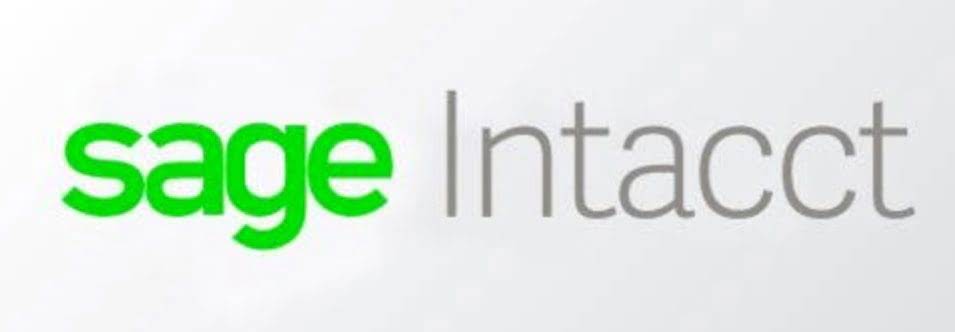
In summary, interest paid is a vital component in comprehending the financial health and stability of any business, acting as both a cost and an opportunity for growth. Henceforth, the cash flow to creditors for Sun retained earnings Electronics Ltd. during the given fiscal year is estimated to be $75,000. This equation basically stems from the total payments that are made to the business’s creditors. When looked closely, you can see that it starts with the interest paid on the loans that the company has taken. Now, when we say “creditors”, they are typically people or places, such as the bank or some suppliers, that a business owes money to. As said above, most companies “borrow” a sum to run their businesses, and that sum usually comes from these entities.
- Dynamic platform dedicated to empowering individuals with the knowledge and tools needed to make informed investment decisions and build wealth over time.
- Most businesses often take help from external sources to fund their operations and activities.
- Furthermore, it is also often called the “statement of cash flows” and helps to measure the sum flowing to debt holders, ultimately allowing a proper cash flow projection.
- By analyzing the cash flow from operating and financing activities and subtracting dividends paid to shareholders, you can determine the net cash flow to creditors.
- This analysis provides valuable insights into a company’s ability to manage its debts effectively and maintain strong creditworthiness in the market.
Detailed Explanation of Components
By evaluating the resulting cash flow to creditors and comparing it with the cash flow to debtors, stakeholders can assess whether a company has sufficient funds available for meeting its debt obligations. This analysis provides valuable insights into a company’s ability to manage its debts effectively and maintain strong creditworthiness in the market. Evaluating the resulting cash flow to creditors allows stakeholders to gain a comprehensive understanding of a company’s financial health and creditworthiness.
- By examining this metric, analysts can gauge a company’s creditworthiness and evaluate its financial health.
- By considering these factors, you can gain valuable insights into how a company finances its operations and manage its obligations.
- The next part helps to understand the change in business’s debt over the course of the financial period.
- Understanding the different sources of cash flows, including free cash flow and unlevered free cash flow, helps in analyzing a company’s true financial performance.
- However, both measures are important for understanding a company’s financial health.
Positive vs. Negative Cash Flow to Creditors
By subtracting the dividends paid to shareholders from the available cash, we can determine the impact on a company’s overall cash flow position. This calculation provides insights into how much cash is left for other purposes such as investment in growth opportunities or debt repayment. By considering these factors, you can gain valuable insights into how a company finances its operations and manage its obligations. Now let’s move on to understanding how dividends paid to shareholders impact overall cash flow. Debt management is influenced by factors such as the company’s capital structure, the total interest paid on outstanding debt, and its ability to generate consistent cash inflows.

Understand the Concept of Cash Flow to Creditors

Cash flow to creditors cash flow to creditors formula is a useful metric that reflects a company’s capacity to service its debt obligations and interest payments. Understanding this concept enables businesses and investors to make informed decisions about borrowing practices, risk management, and potential investment opportunities. By following this step-by-step guide, you can efficiently calculate cash flow to creditors and maintain a sturdy financial footing. Calculating cash flow to creditors is an essential financial management task for businesses and investors. It helps them understand a company’s financial position and its capability to repay or manage debt obligations. This article will provide a step-by-step guide to help you calculate cash flow to creditors efficiently.

- So let’s dive into the details and learn how to calculate cash flow to creditors effectively.
- Additionally, variations in interest rates can impact the amount of cash that flows from a company’s coffers to its creditors.
- To avoid this, develop a robust cash flow forecast that includes conservative estimates and maintains a sufficient cash reserve to cover debt, even during challenging periods.
- By analyzing this aspect, one can evaluate the financial impact of a company’s debt obligations on its overall cash flow.
- It’s akin to deciding whether to switch from bottled water to tap water in order to cut costs without sacrificing quality.
- If you want to understand how money flows from your business to its creditors, calculating cash flow to creditors is essential.
- Imagine you’re running a small business and you’ve borrowed money from the bank—this interest you pay back each month is a critical part of your financial health check-up.
Companies sometimes rely too heavily on anticipated cash inflows without accounting for potential delays or shortfalls, which can lead to serious financial difficulties. Outsource Invoicing “Understanding the correct application of the creditors formula is crucial for any company aiming to maintain financial stability. The next part helps to understand the change in business’s debt over the course of the financial period. In order to achieve this, you need to subtract the final debt from the initial one. This evaluation shows whether the company has seen an increase or decrease in debt.
There is no doubt that you would definitely need capital to run the internal and external operations of your business. Most businesses often take help from external sources to fund their operations and activities. Obtain these statements from your company’s annual report, quarterly filings, or financial reporting software. That’s what shows whether the financial health of the company is plummeting or gradually evolving. Here, the first part represents the interest paid to creditors, and the second part corresponds to the net change in long-term debt.

The result will tell you how much cash the business has spent paying its creditors, considering both the interest paid and any changes in the long-term debt. Another common mistake is failing to ensure there’s enough money available to meet debt obligations, often due to inadequate cash flow planning. Understanding the different sources of cash flows, including free cash flow and unlevered free cash flow, helps in analyzing a company’s true financial performance.
